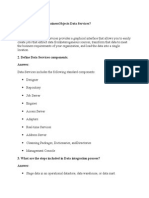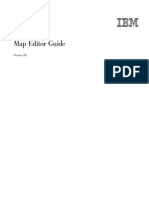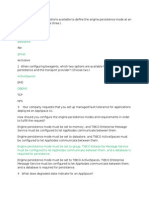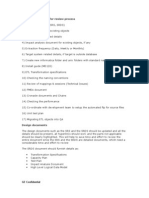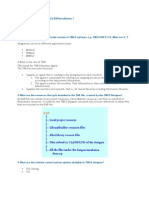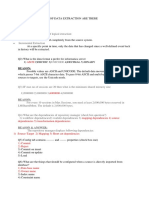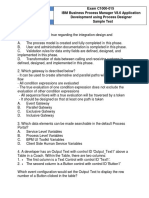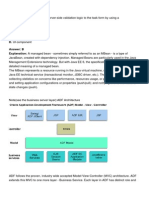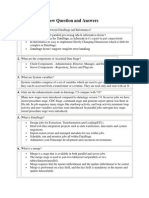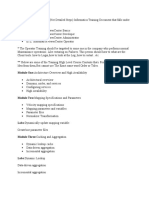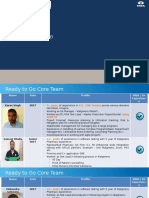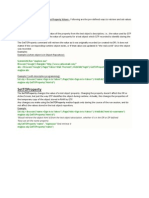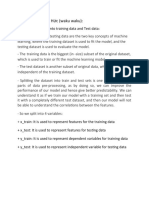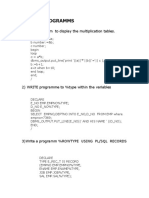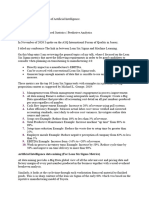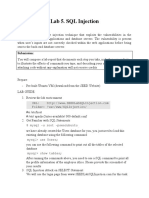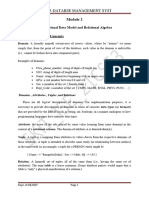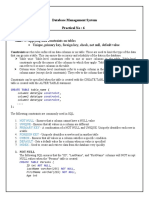0% found this document useful (0 votes)
28 views5 pagesIBM Sterling Interview Prep Guide
The document provides a comprehensive guide on IBM Sterling, detailing its role in optimizing supply chain management and offering a set of interview questions and answers. Key topics include EDI flow, adapters, business processes, performance optimization, security features, and troubleshooting steps. It emphasizes the importance of understanding these concepts for effective use and integration of IBM Sterling solutions.
Uploaded by
Sathya KulandhaivelCopyright
© © All Rights Reserved
We take content rights seriously. If you suspect this is your content, claim it here.
Available Formats
Download as DOCX, PDF, TXT or read online on Scribd
0% found this document useful (0 votes)
28 views5 pagesIBM Sterling Interview Prep Guide
The document provides a comprehensive guide on IBM Sterling, detailing its role in optimizing supply chain management and offering a set of interview questions and answers. Key topics include EDI flow, adapters, business processes, performance optimization, security features, and troubleshooting steps. It emphasizes the importance of understanding these concepts for effective use and integration of IBM Sterling solutions.
Uploaded by
Sathya KulandhaivelCopyright
© © All Rights Reserved
We take content rights seriously. If you suspect this is your content, claim it here.
Available Formats
Download as DOCX, PDF, TXT or read online on Scribd
/ 5

